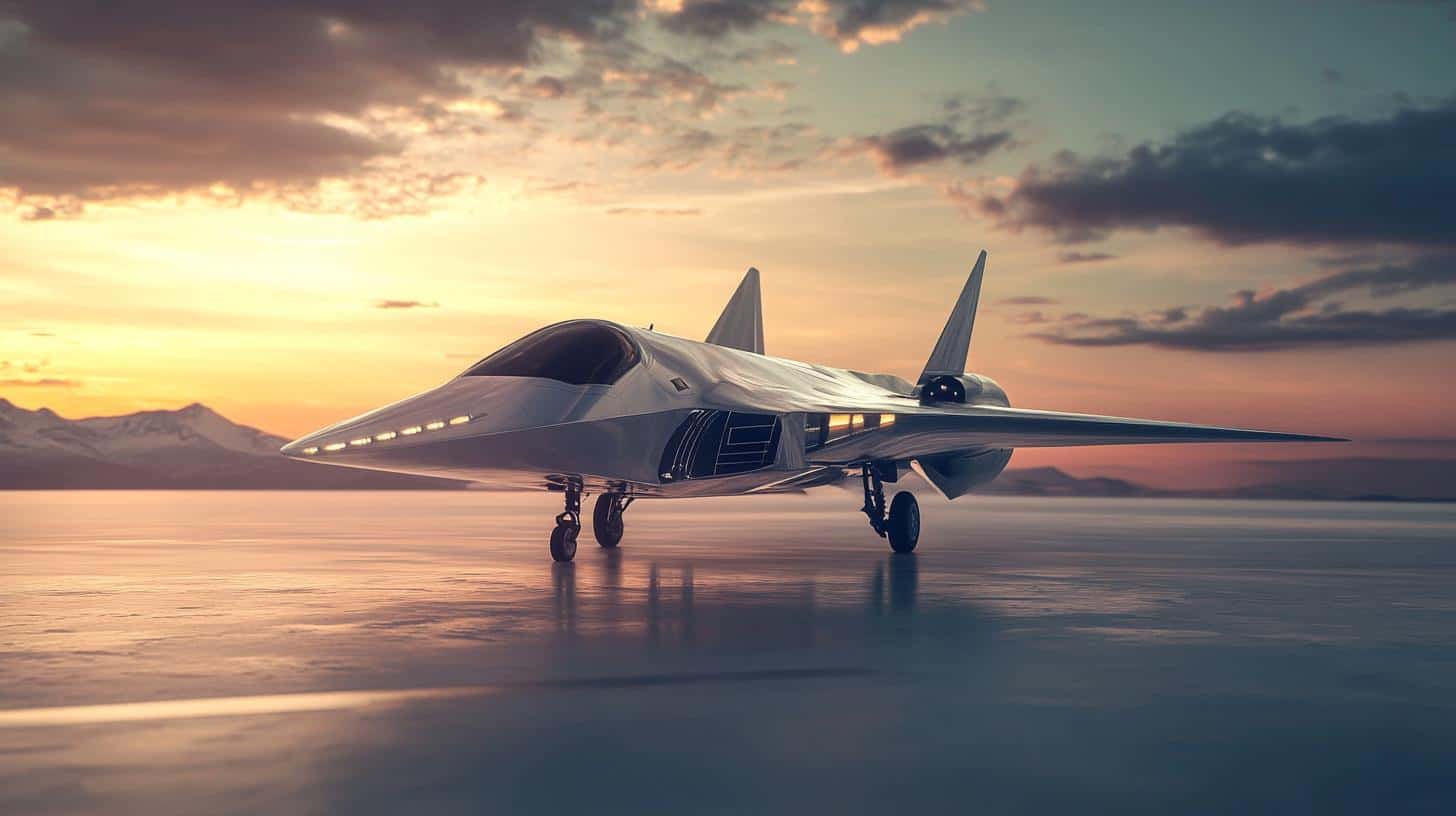The F-16 Fighting Falcon, an enduring icon in aerial warfare, was conceptualized over five decades ago to meet the U.S. Air Force’s demand for a nimble and versatile air superiority fighter. However, among its numerous variants, the F-16XL stands out as a unique iteration that never quite reached its full military potential.
Originally designed with a groundbreaking cranked arrow wing, the F-16XL offered exceptional lift and maneuverability, allowing it to carry double the armament of its predecessor, the F-16A, over a significantly extended range. Despite this, the F-16XL was sidelined after losing the Enhanced Tactical Fighter competition to the F-15E Strike Eagle.
Yet, the F-16XL’s tale did not end there. NASA embraced this innovative aircraft, leveraging its advanced design for critical aerodynamic research in the 1990s. The two prototypes, known by serial numbers #848 and #849, played pivotal roles in experiments focusing on sonic boom mitigation, fundamentally altering our understanding of supersonic flight impacts.
NASA’s partnership involved equipping the aircraft with remarkable modifications, such as a turbine-driven suction system, which enhanced its experimental capability. These tests provided invaluable data, guiding future aerospace innovations.
Today, the F-16XL holds a place of honor in aviation history, viewed with admiration by enthusiasts and experts alike. Although it never served its original military purpose, its contributions to aerospace research have left an indelible mark, proving that sometimes, the greatest impact comes from ventures beyond initial intention. The legacy of the F-16XL reminds us that innovation can succeed in unexpected arenas, paving the way for future explorations in flight technology.
Unexpected Legacies: The F-16XL and Its Impact Beyond Military Boundaries
The story of the F-16XL, an intriguing variant of the iconic F-16 Fighting Falcon, showcases how the ripple effects of technology can extend far beyond its original design intentions. This aircraft, initially crafted for its agility and versatility in military applications, found an unexpected yet critical role in advancing aviation science and technology.
The Unique Wing Design: More Than Just Aesthetic
One of the most remarkable aspects of the F-16XL was its innovative cranked arrow wing design. This feature, intended to provide superior lift and enhanced armament capacity, ultimately became a centerpiece in NASA’s aerodynamic research. These distinctive wings, while losing out in the Enhanced Tactical Fighter competition to the F-15E Strike Eagle, found their true potential in scientific exploration.
What Made the F-16XL Special for NASA?
The F-16XL was a valuable asset for NASA due to its ability to validate theories about wing aerodynamics and how modifications could influence high-speed flight. Through experiments with the aircraft, NASA explored how sonic booms can be mitigated, a critical concern for developing future supersonic commercial jets.
Beyond Raw Speed: The Environmental Impact
One of the significant findings from NASA’s work with the F-16XL was the potential to reduce the environmental impact of supersonic flight. By studying how to diminish the intensity of sonic booms, researchers paved the way for greener and quieter supersonic travel. This research is crucial as the aviation industry seeks to balance speed with environmental stewardship.
Curious Controversies: Why Didn’t It See Combat?
Many aviation enthusiasts still ponder why the F-16XL never reached active combat operations. The decision to choose the F-15E instead has been a topic of debate, with some experts suggesting that the military might have underestimated the long-term benefits of the F-16XL’s advanced design features. Others argue that political and economic factors played a more significant role in its sidelining.
How Does This Affect Modern Aviation?
The learnings from the F-16XL have directly influenced modern aircraft design, especially in crafting wings that offer better fuel efficiency and aerodynamic performance. These innovations aren’t just limited to military aircraft; they have permeated into commercial aviation, shaping the future of passenger airliners.
Frequently Asked Questions
Why is the F-16XL still relevant today?
The F-16XL remains relevant as it represents a successful case of adaptive reuse and continuous innovation. Its transition from a military prototype to a critical research tool underscores the longevity and adaptability of advanced technology.
What industries are most impacted by these innovations?
Aerospace and commercial aviation industries benefit significantly from the innovations derived from the F-16XL experiments. The focus on reducing flight emissions and sonic impacts echoes throughout ongoing aerospace engineering projects.
In conclusion, the F-16XL serves as a compelling reminder of how initial failures can turn into unanticipated successes. Its journey from a sidelined military prototype to a cornerstone of aerospace research illustrates the unpredictable nature of technological advancement and its potential to impact lives far beyond original expectations. For more insights into aerospace innovations and the future of supersonic travel, visit NASA’s official website.







